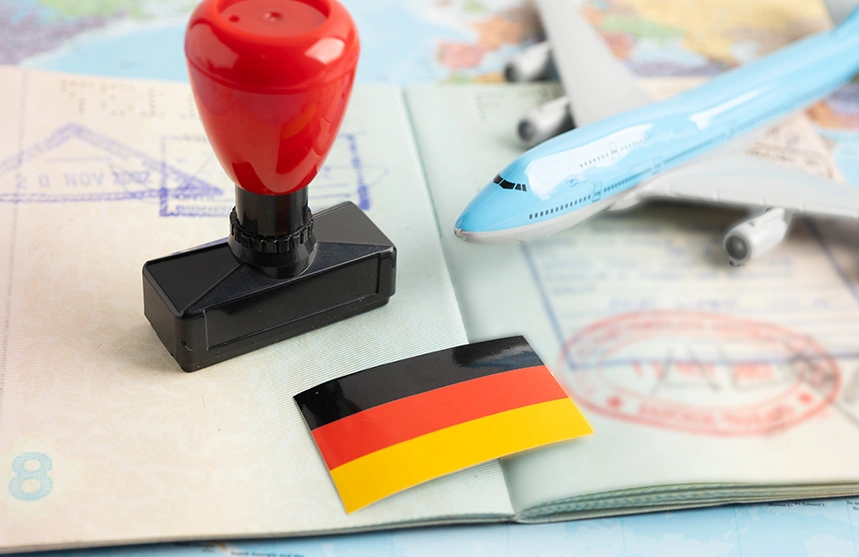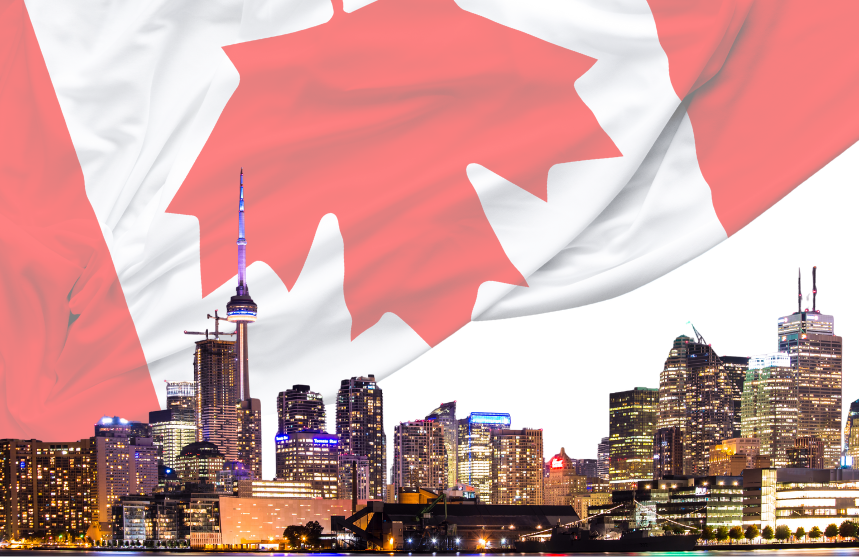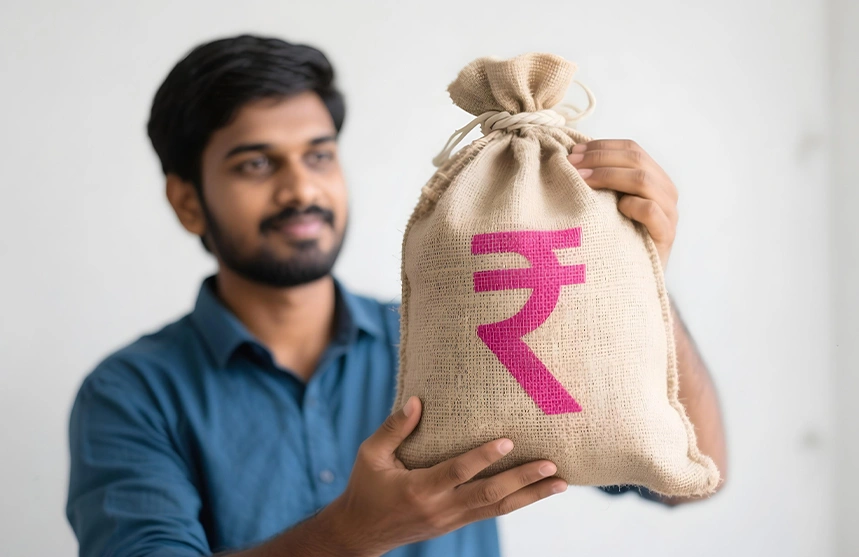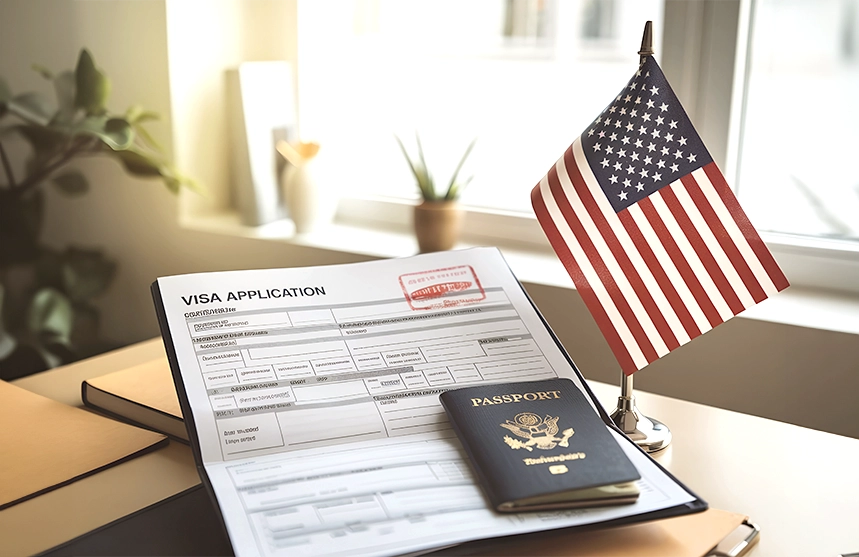How to Study Abroad for Free: Your Step-by-Step Blueprint
Which Country is Best for MBBS Abroad? A Complete Guide for 2026

The dream of a thousand Indian students is to become a doctor; however, with such a small number of MBBS places, intense competition, and the cost of medical colleges being incredibly high (especially the private ones), many students are forced to find alternative solutions. This is the reason why over 25,000 Indian students annually prefer studying MBBS in other countries. However, this choice immediately raises one big question: Which country is better to Study MBBS Abroad in 2026?
We will provide you with the overall list of the Best MBBS Abroad experiences by Indians, compare tuition, cost of living, and recognition, and answer frequently asked student questions, including, but not limited to: Which is the most affordable country to study MBBS abroad? Can I study MBBS abroad without NEET? Which country has the highest FMGE success rate? By the conclusion, you will have a clear idea of which country you would like to pursue your medical career in 2026.
Why Study MBBS Abroad in 2026?
The demand for MBBS seats in India has always been exceptionally high. Competition is intense, with over 20 lakh students taking the NEET exam every year and only approximately 1 lakh MBBS seats available. This is the primary reason why MBBS abroad is becoming a viable, affordable, and internationally recognised option for Indian students.
This is why pursuing MBBS abroad in 2026 is one of the most intelligent career decisions to become a doctor:
1. Low Tuition Fees Compared to India
Other countries such as Kyrgyzstan, Uzbekistan, Kazakhstan, and Russia provide MBBS at a cost of ₹2.5–6 lakhs per year, almost 70–80 percent lower than the cost of private medical colleges in India. This makes quality medical education affordable without having to bear hefty loans.
2. Internationally Recognised Degrees
The majority of MBBS Universities Abroad are recognised by WHO, ECFMG, and NMC. This allows students to practise not only in India after passing licensing exams (FMGE/NExT, USMLE, PLAB, etc.) but also in countries like the US, the UK, and Canada.
3. English-Medium Education
In most of the leading universities worldwide, MBBS is offered in English, so students do not face a language barrier. Entire MBBS programmes in English are available in countries such as the Philippines, Georgia, Bangladesh, and even in certain universities in Russia and Central Asia.
4. Improved Clinical Exposure and Infrastructure
In contrast to overcrowded hospitals in India, universities abroad maintain a healthier doctor-patient ratio, giving students a higher chance of practical training and hands-on experience throughout their MBBS Course.
5. No Capitation Fees or Donations
Admissions abroad are transparent and merit-based, unlike in private colleges in India. Students do not have to spend lakhs on capitation fees—only tuition and living costs.
6. Career Opportunities Worldwide
An MBBS degree from abroad opens doors to global medical careers. Students can appear for licensing exams such as USMLE (USA), PLAB (UK), AMC (Australia), DHA (Dubai), and others to practise in developed countries.
Top Countries to Study MBBS Abroad
Students are advised to check out the list of top countries to study MBBS abroad mentioned below:
1. MBBS in Russia
Russia has been a preferred destination for Indian students pursuing MBBS abroad for decades. With over 50 medical universities accredited by NMC and WHO, Russia provides internationally recognised degrees at comparatively low costs. The average tuition ranges between ₹3–6 lakhs per year, which is relatively low compared to most private medical colleges in India.
The MBBS course duration is six years, with the first couple of years taught in English, while the clinical years usually require some familiarity with the Russian language. Students benefit from excellent infrastructure, well-equipped laboratories, and extensive clinical exposure. The only challenge is adapting to the climate and the local language during hospital training.
2. MBBS in Georgia
Georgia is becoming an international medical capital, especially among Indian students seeking European standards of learning at a low cost. In most universities, the MBBS course takes 6 years in total and is predominantly taught in English. The tuition fees are slightly higher than in Central Asian nations, averaging ₹4–7 lakhs per year, but the quality education, secure environment, and recognition by WHO, NMC, and ECFMG make it worthwhile. Most universities also provide direct clinical experience in local hospitals, which ensures practical learning.
3. MBBS in Uzbekistan
Uzbekistan has gained popularity over recent years due to its low tuition fees, cultural familiarity, and quality medical universities. MBBS in Uzbekistan normally lasts 5 years, which is shorter than in Russia or Georgia. The average yearly tuition fee ranges between ₹2.5 and 4 lakhs, and the standard cost of living is ₹15,000–25,000 per month. Most universities offer English-medium courses, but students are highly encouraged to learn the local language to improve clinical communication. Recognition by NMC and WHO ensures that students can practise medicine anywhere in the world.
4. MBBS in Kazakhstan
The cost of studying in Kazakhstan is low, and there are a large number of NMC-recognised universities. The course is 5 years long, enabling students to complete their medical degree in a shorter period compared to other nations. Tuition fees range from ₹2.5 to 5 lakhs annually, with living costs approximately ₹15,000–25,000 per month, which is affordable for Indian students. Programs are offered in English, though students might need to acquire knowledge of Kazakh or Russian during clinical years. Universities are reputed for providing solid theoretical knowledge and structured medical courses; however, some students may find the winters very cold and the exposure slightly limited compared to India or Bangladesh.
5. MBBS in Kyrgyzstan
Kyrgyzstan is among the most affordable MBBS destinations abroad, making it appealing to Indian students from middle-income families. The MBBS course lasts 5 years, with tuition fees as low as ₹2–4 lakhs per annum and living expenses ranging from ₹12,000–20,000 per month. The majority of programmes are conducted in English, and the admission process is straightforward, requiring no donations. Kyrgyzstan is an easy place to live, and with a large Indian student community, adaptation is relatively simple.
Note: All prices mentioned are approximate and may vary. Students should refer to official government or university websites for accurate and updated figures.
Conclusion
Studying MBBS abroad in 2026 is no longer merely an option; it has become the norm for future doctors in India and worldwide. With low tuition costs, internationally recognised medical degrees, state-of-the-art facilities, and exposure to clinical experience, studying medicine abroad allows students to gain both knowledge and international experience.
However, choosing the most suitable university and navigating the admission process can be confusing. This is where MetaApply IE comes in. As a trusted study abroad partner, MetaApply IE helps you find the best MBBS destinations, compare universities, understand eligibility, and apply with ease, all under one roof. Whether it’s application guidance, visa support, or scholarship counselling, MetaApply IE ensures that your dream of studying abroad as a doctor is simple and hassle-free.
Frequently Asked Questions
The best country depends on your priorities. For affordability: Kyrgyzstan, Uzbekistan, and Kazakhstan. For FMGE/NExT success: Philippines and Bangladesh. For global exposure and advanced infrastructure: Russia and Georgia.
While some universities abroad may allow provisional admission without NEET, passing NEET is mandatory as per NMC guidelines to practise medicine in India after graduation.
Kyrgyzstan, Uzbekistan, and Kazakhstan are the most budget-friendly options in 2025, with tuition fees ranging from ₹2–5 lakhs per year and low living costs.
Yes. Studying MBBS abroad provides globally recognised degrees, lower costs than private Indian colleges, hands-on clinical exposure, and opportunities to work internationally after licensing exams.
Most popular MBBS destinations like Russia, Georgia, Bangladesh, and Central Asian countries do not require IELTS/TOEFL. English-taught programs are available, but some universities may have language requirements during clinical training.

















































